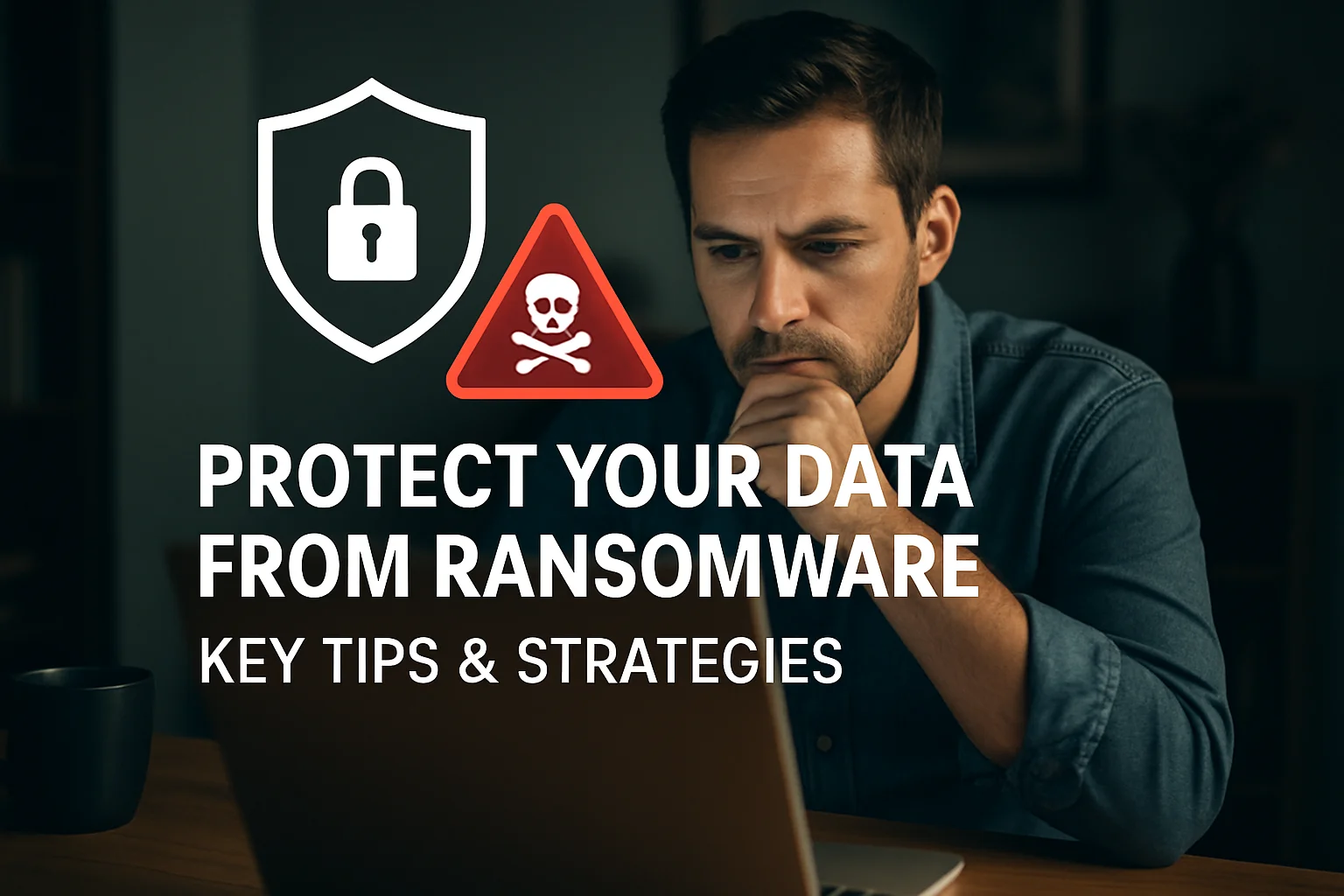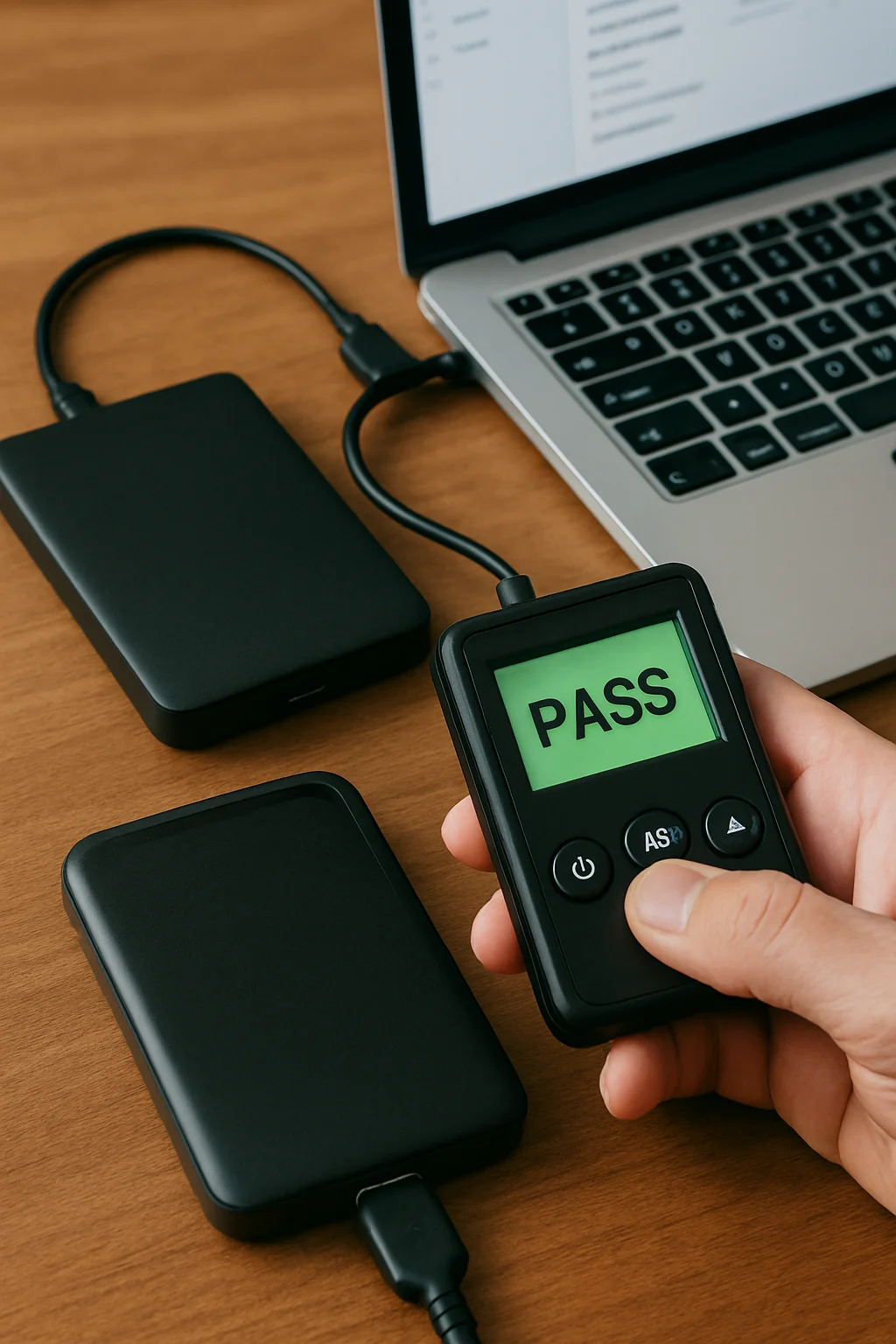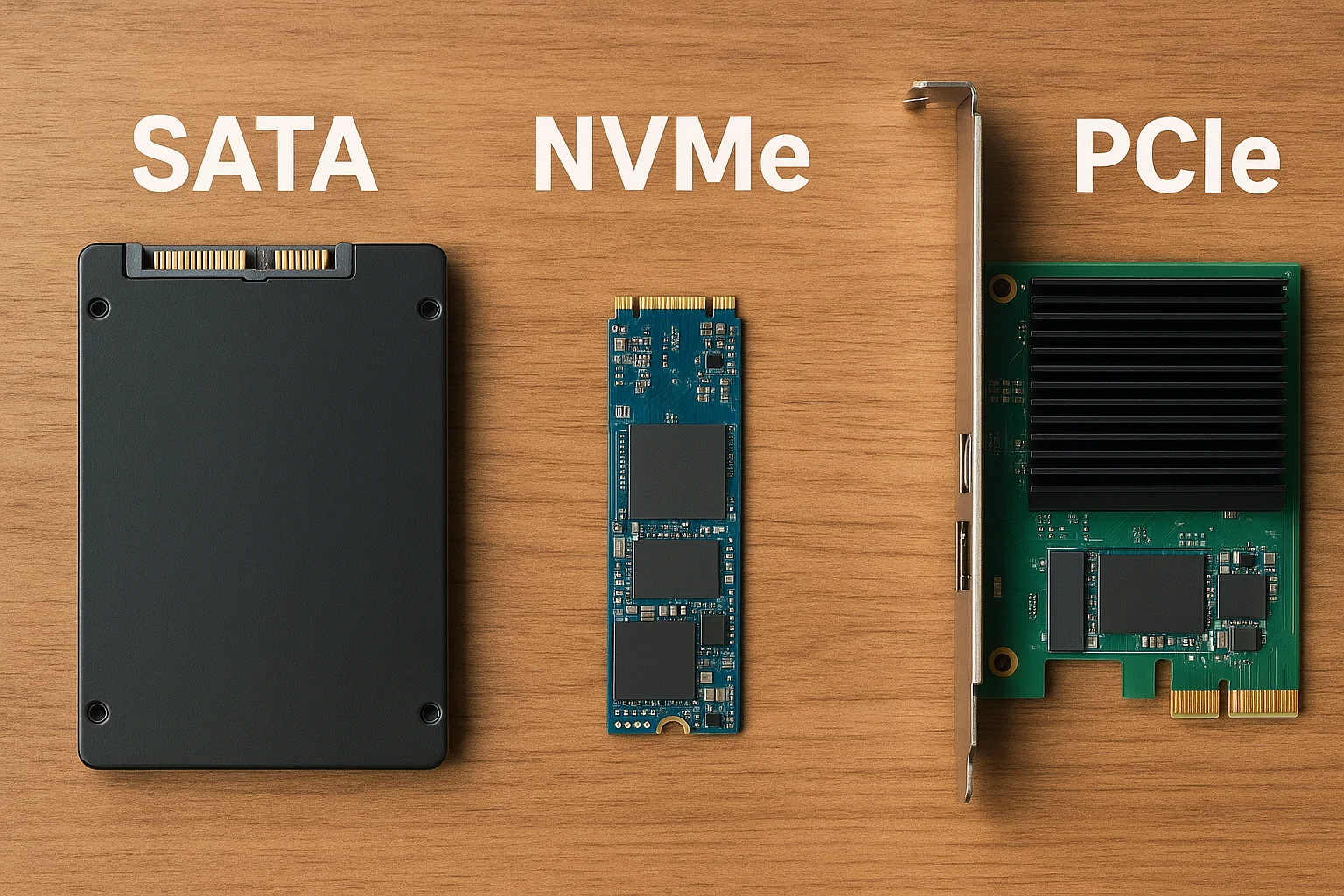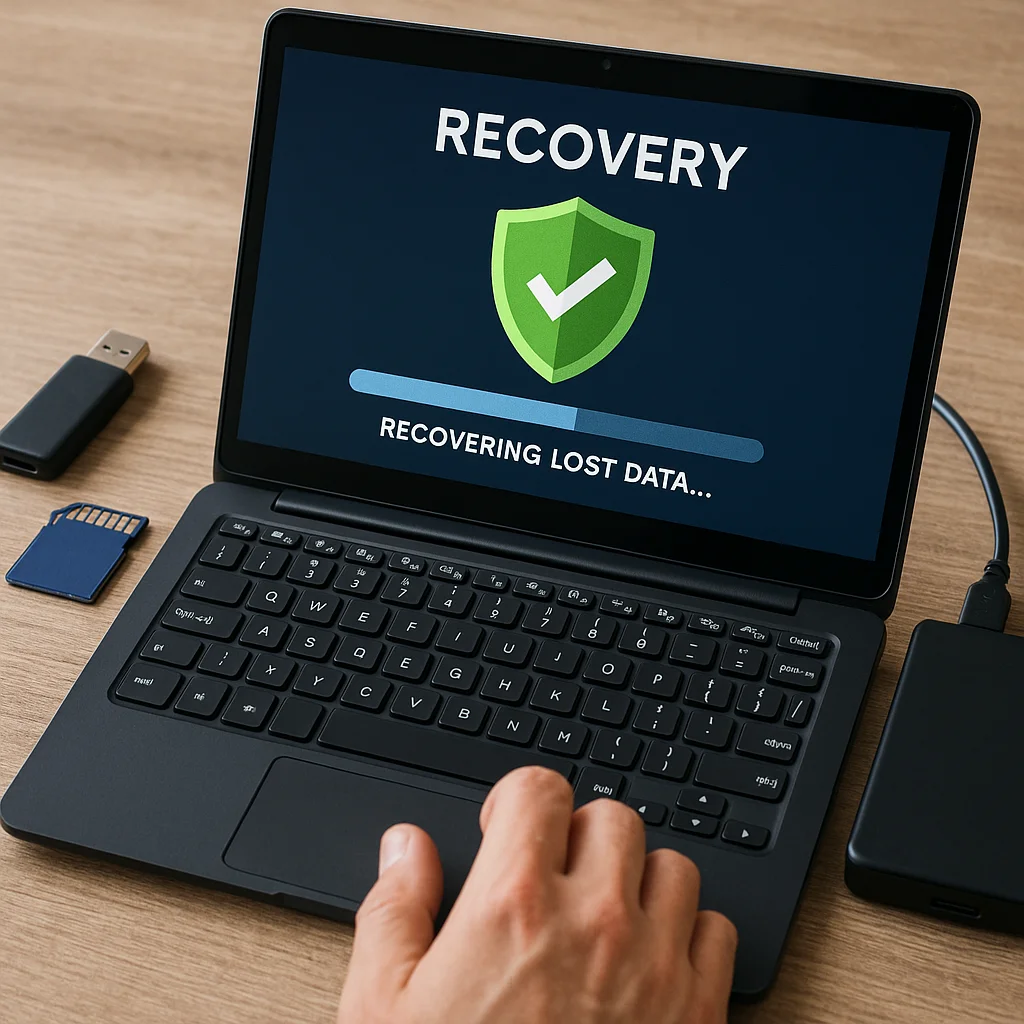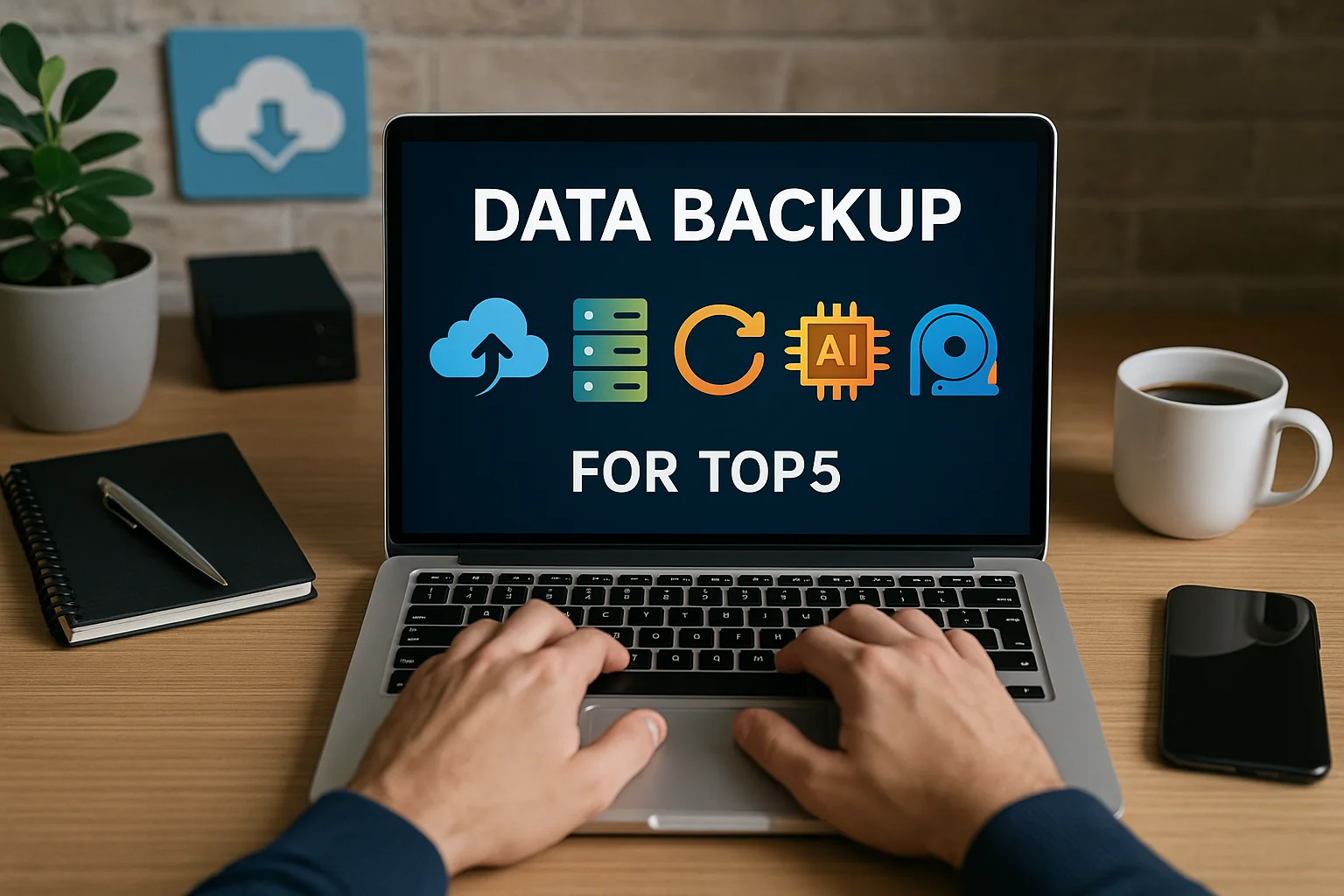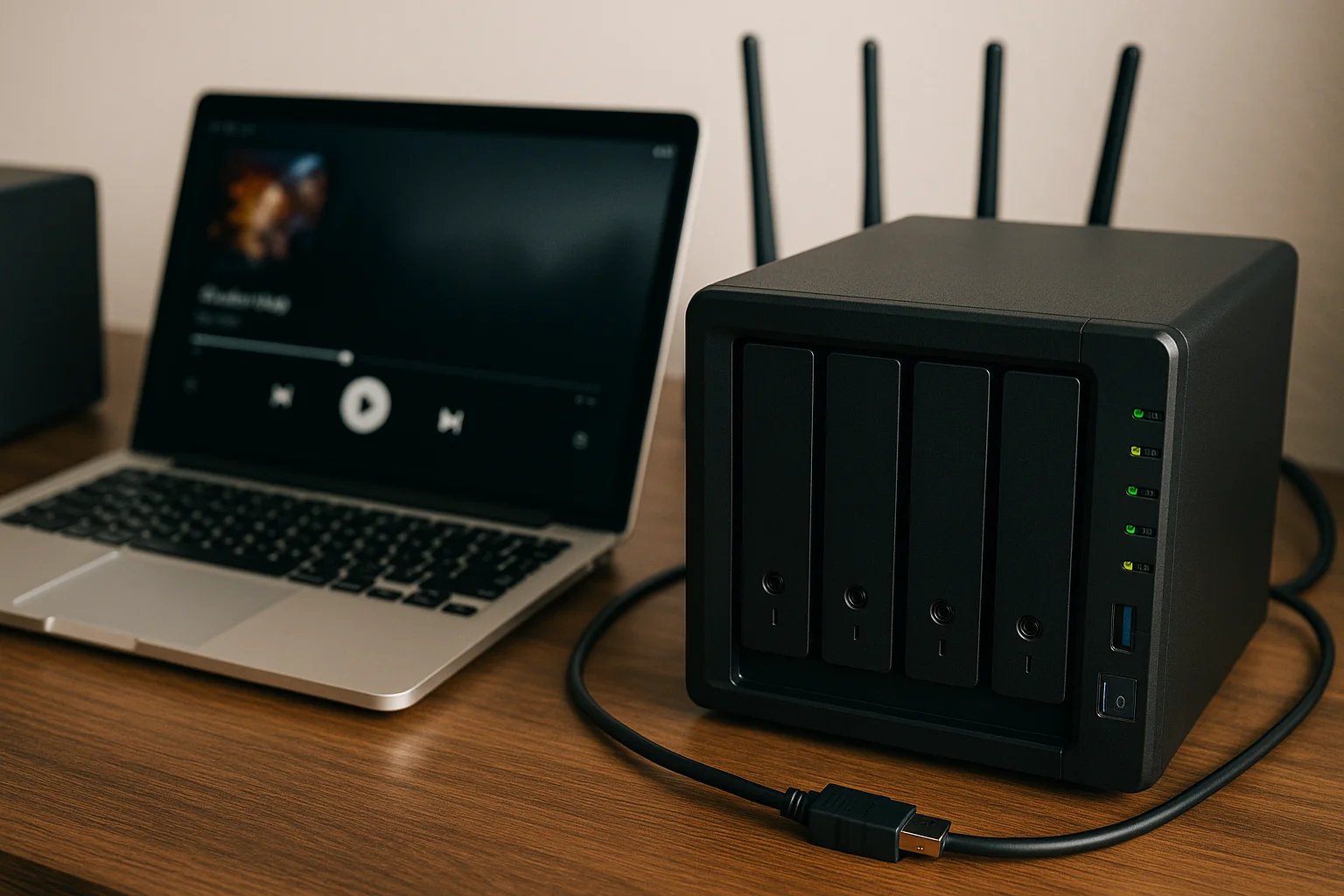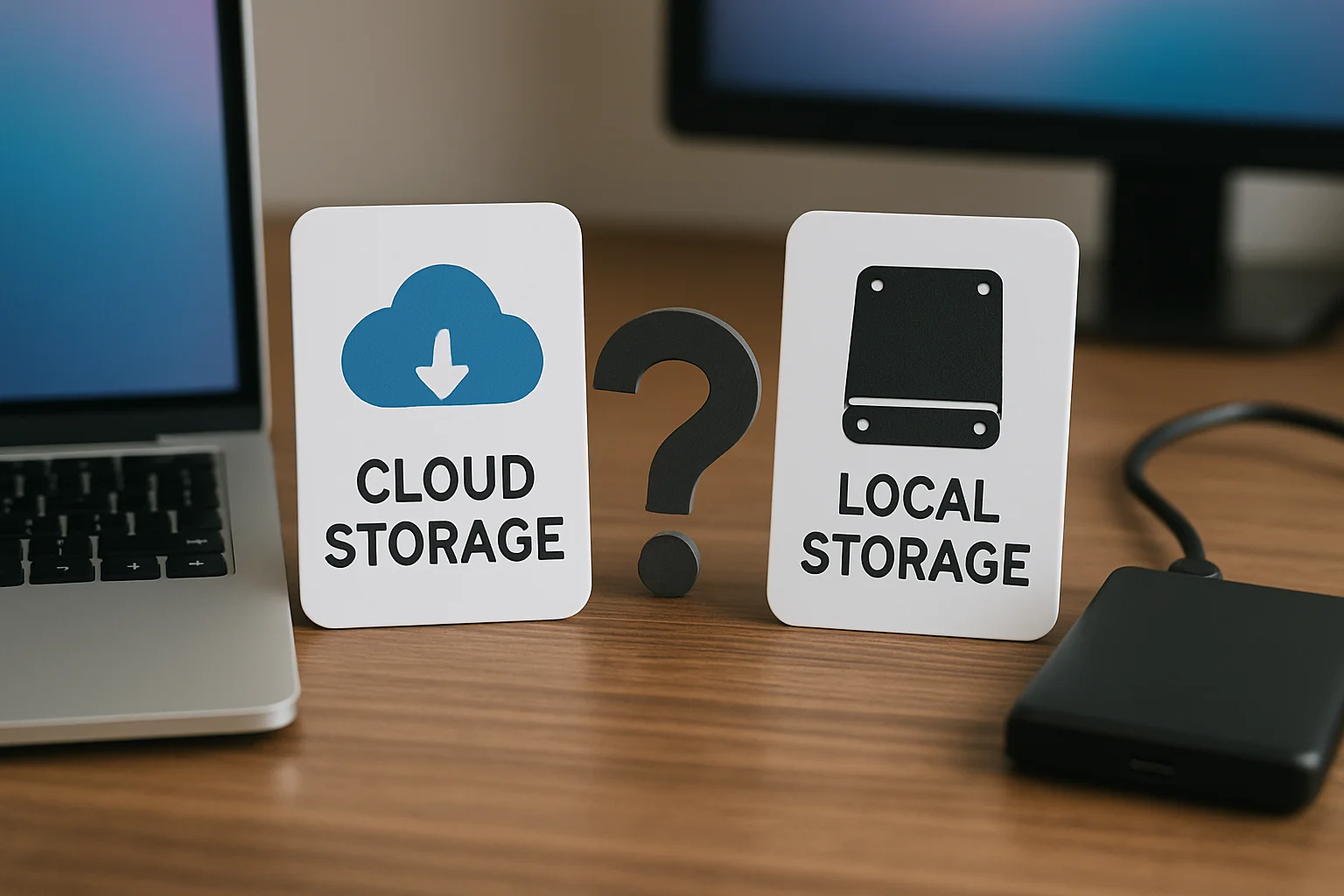What is Ransomware? Understanding the Threat
Ransomware is a type of malicious software (malware) designed to block access to a computer system or data until a ransom is paid to the attacker. Typically, ransomware encrypts files on the victim's device, making them unusable without a decryption key. Attackers then demand payment—often in cryptocurrency like Bitcoin—to provide this key.
Unlike other types of malware that might steal information silently, ransomware is immediately noticeable because it actively restricts access and displays a ransom note, creating urgency and panic. This makes it a particularly disruptive and costly threat for individuals, businesses, and organizations.
There are several variants of ransomware, including:
- Encrypting ransomware: Encrypts files on the device, locking the user out of their own data.
- Locker ransomware: Locks the entire device or operating system, preventing any use until payment is made.
- Doxware or leakware: Threatens to release sensitive or personal data publicly unless the ransom is paid.
Ransomware typically spreads through methods such as phishing emails containing malicious attachments or links, compromised websites, and exploiting software vulnerabilities. Once inside a system, it can rapidly propagate, targeting network drives and backups if not properly secured.
Understanding how ransomware operates is crucial because it informs the best ways to defend against it. For example, knowing that ransomware often requires user interaction (like clicking a link) highlights the importance of cautious email and web browsing behavior. Also, understanding its encryption mechanisms explains why maintaining offline and secure backups is essential.
Common Ways Ransomware Infects Your Devices
Ransomware can infiltrate your devices through a variety of attack vectors, often exploiting human error or software vulnerabilities. Understanding these common infection methods is key to reducing your risk.
One of the most prevalent methods is through phishing emails. Attackers craft convincing messages that appear legitimate, urging recipients to open infected attachments or click on malicious links. These emails often use social engineering tactics, such as pretending to be from trusted sources like banks, colleagues, or popular services.
Another common entry point is via drive-by downloads, where simply visiting a compromised or malicious website triggers an automatic download of ransomware without the user’s knowledge. These attacks exploit security flaws in browsers, plugins, or outdated software.
Ransomware can also spread through software vulnerabilities on unpatched systems. Attackers scan networks for devices running outdated operating systems or applications and exploit known security holes to gain access and deploy ransomware.
Remote Desktop Protocol (RDP) is another frequent target. If RDP access is enabled and not properly secured with strong passwords or multi-factor authentication, attackers can brute-force their way in and manually install ransomware on the system.
Additionally, ransomware may propagate through infected USB drives or external devices. When these devices are connected to a computer, the malware can automatically execute and start encrypting files.
Finally, ransomware sometimes arrives bundled with other malware as part of a multi-stage attack. For example, a Trojan horse might first infiltrate the system to disable security software before delivering the ransomware payload.
Being aware of these infection methods enables users and organizations to implement targeted security measures, such as email filtering, regular software updates, disabling unnecessary remote access, and educating users about suspicious links and attachments.
Signs Your System Might Be Infected
Detecting a ransomware infection early can be challenging, but there are several warning signs that may indicate your system is compromised or under attack.
One of the most obvious signs is the sudden appearance of a ransom note or message on your screen. This message typically informs you that your files have been encrypted and demands payment in exchange for a decryption key. However, before this message appears, there can be more subtle clues.
If your computer starts to slow down significantly or behaves unusually—such as frequent crashes, programs not opening, or files becoming inaccessible—it could mean ransomware is encrypting your data in the background.
You might also notice file extensions changing unexpectedly, with your documents, images, or videos suddenly having unfamiliar suffixes added. This is a strong indication that the files have been encrypted by ransomware.
Another sign is the presence of unusual network activity. Ransomware often tries to spread across networks or communicate with its command-and-control servers, which can cause spikes in data usage or connections to unknown IP addresses.
In some cases, antivirus or security software may generate alerts about suspicious files or processes attempting to modify system settings or access sensitive data. However, sophisticated ransomware can sometimes disable or bypass these protections.
You should also be wary of unexpected changes to system settings, such as disabled task managers, blocked access to security tools, or locked user accounts. These manipulations are often designed to prevent you from stopping the attack.
If you experience any of these symptoms, it’s crucial to disconnect your device from the network immediately to prevent further spread and seek professional help to analyze and contain the infection.
Best Practices to Prevent Ransomware Attacks
Preventing ransomware attacks requires a multi-layered approach that combines technology, user behavior, and proactive security policies. Implementing the following best practices can significantly reduce your risk of infection.
First and foremost, ensure that all software and operating systems are regularly updated and patched. Many ransomware attacks exploit known vulnerabilities in outdated software. Enabling automatic updates where possible helps close security gaps promptly.
Use strong, unique passwords for all accounts and enable multi-factor authentication (MFA) wherever available. MFA adds an extra layer of security, making it harder for attackers to gain unauthorized access even if credentials are compromised.
Train yourself and your team to recognize phishing attempts and suspicious emails. Avoid opening unexpected attachments or clicking on links from unknown or untrusted sources. Verifying the sender’s identity before interacting with emails can prevent many ransomware infections.
Implement robust email filtering and web security solutions that can detect and block malicious attachments, links, and websites before they reach users. These technologies can reduce the chances of ransomware reaching your system.
Regularly back up important data to offline or cloud storage solutions that are isolated from your main network. Ensure backups are tested frequently to confirm that data can be restored quickly and completely if needed.
Limit user permissions by applying the principle of least privilege. Users should only have access to the files and systems necessary for their roles. This minimizes the damage ransomware can cause if it infects a single account.
Disable unnecessary services and ports, especially Remote Desktop Protocol (RDP), unless absolutely required and secured. If RDP must be used, secure it with strong passwords, MFA, and limit access by IP address.
Finally, maintain up-to-date and reliable endpoint protection software that includes antivirus, anti-malware, and behavior-based detection capabilities. These tools can identify and block ransomware activities in real time.
Combining these preventive measures with ongoing vigilance creates a strong defense against ransomware and helps safeguard your data and systems.
How to Backup Your Data Effectively
Backing up your data is one of the most critical defenses against ransomware attacks. However, not all backups are created equal. To ensure your backups are reliable and truly protective, it’s important to follow certain principles and strategies.
Start by adopting the 3-2-1 backup rule: keep at least three copies of your data, stored on two different types of media, with one copy stored offsite or offline. This approach reduces the risk of data loss even if one backup source is compromised.
Choose backup methods that suit your needs:
- Local backups to external hard drives or Network Attached Storage (NAS) devices provide quick recovery but can be vulnerable if connected to the infected network during an attack.
- Offline backups (also called air-gapped backups) are disconnected from the network, making them inaccessible to ransomware. This is a critical layer of protection.
- Cloud backups offer remote storage with encryption and redundancy. Ensure the cloud provider has strong security measures and versioning capabilities to recover previous clean versions of files.
It’s essential to automate backups so that data is saved regularly without relying on manual intervention. Set up frequent backup schedules based on how often your data changes to minimize potential losses.
Regularly test your backups by performing restoration drills. This confirms that the backups are complete, uncorrupted, and that recovery processes work smoothly when needed.
Be cautious about backup software and tools. Use trusted, reputable solutions that support encryption and integrity checks. Some ransomware strains specifically target backup files and software, so keep these tools updated and protected.
Finally, restrict access to backup systems and files to a limited number of trusted users. Apply the principle of least privilege to prevent unauthorized modifications or deletions that could jeopardize your backups.
